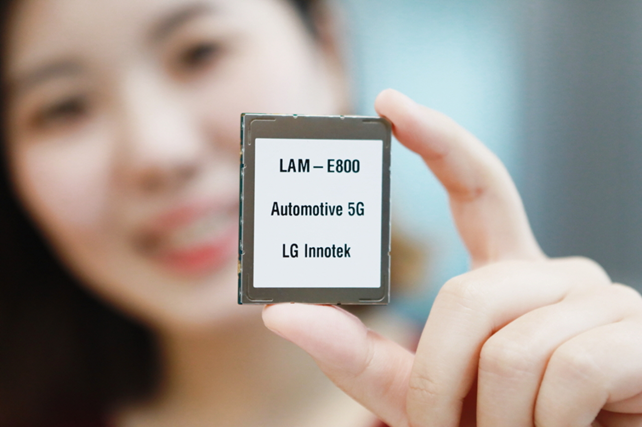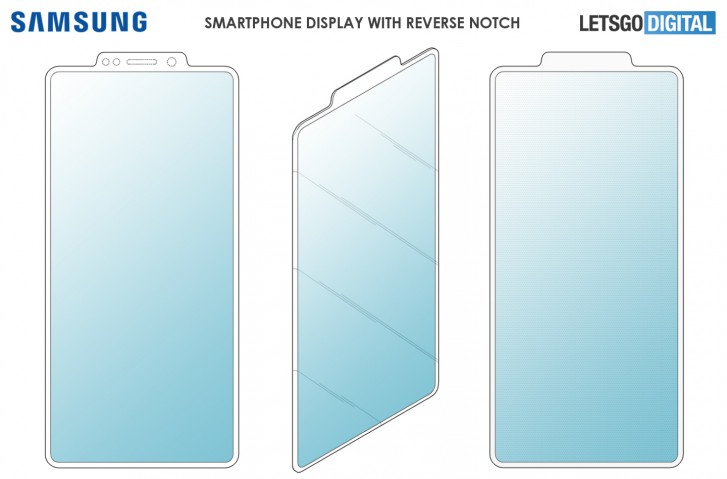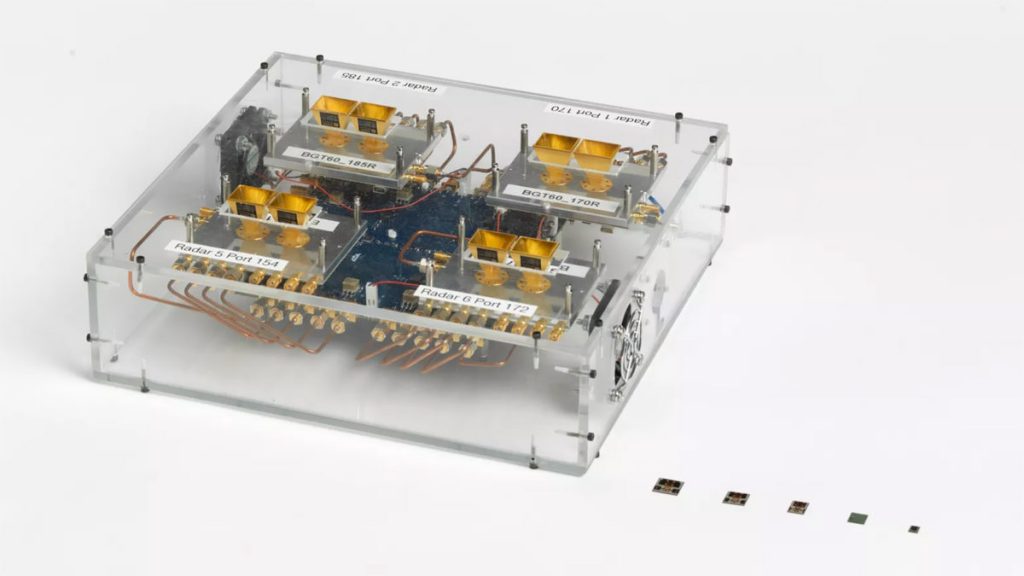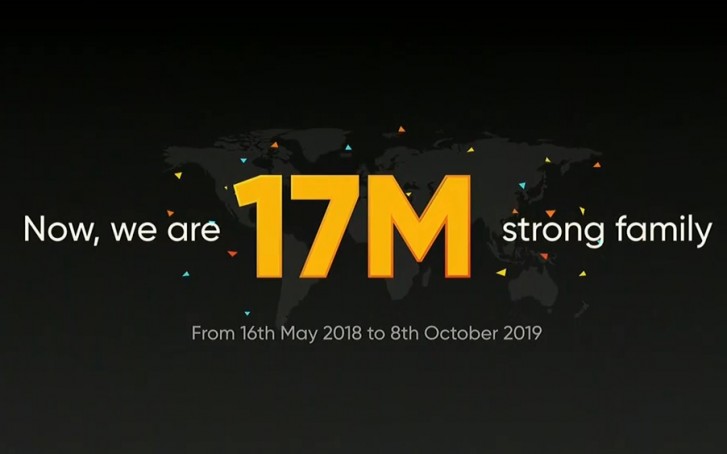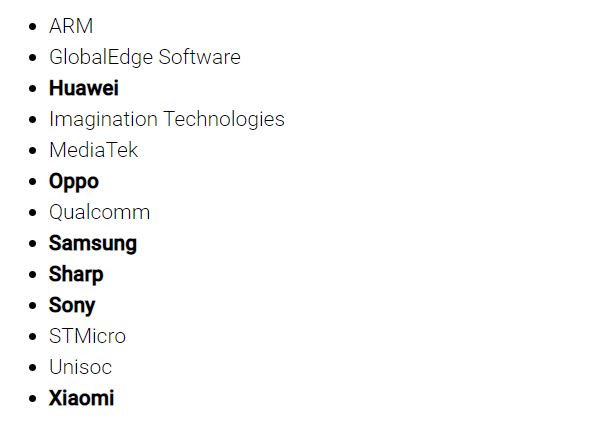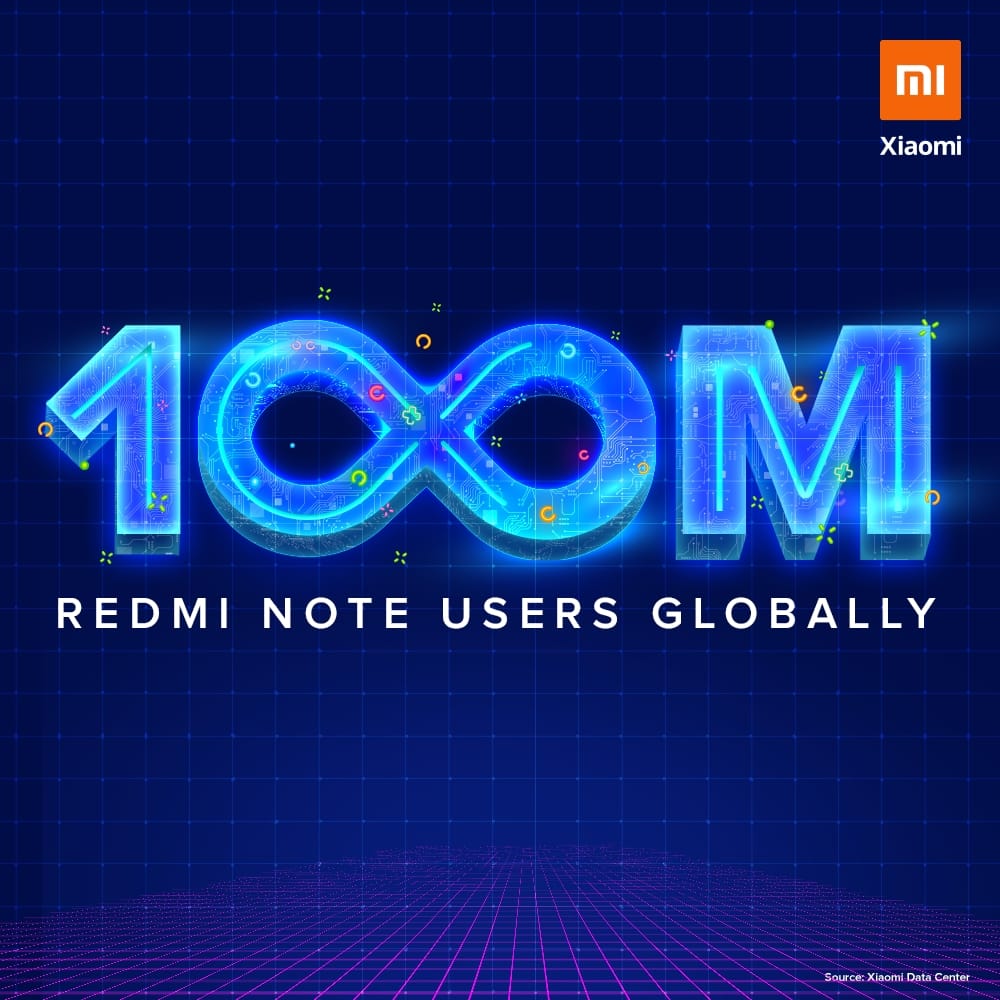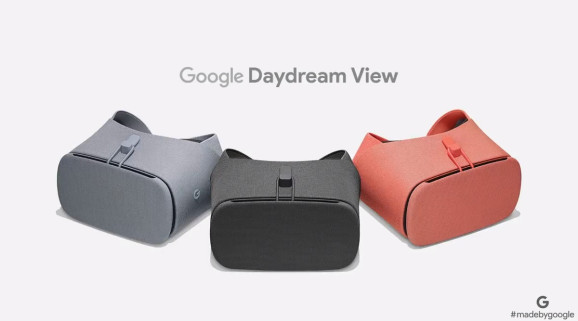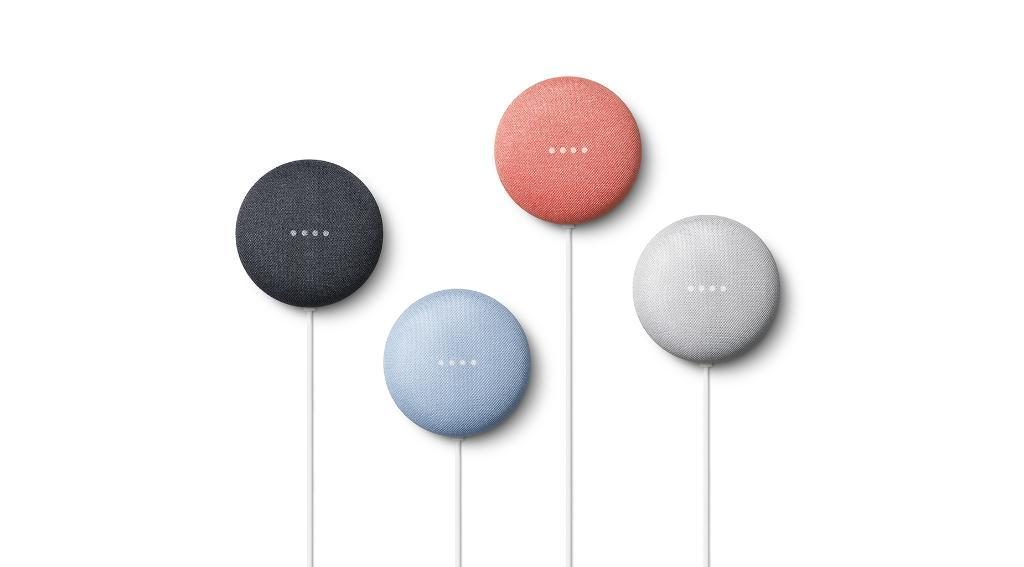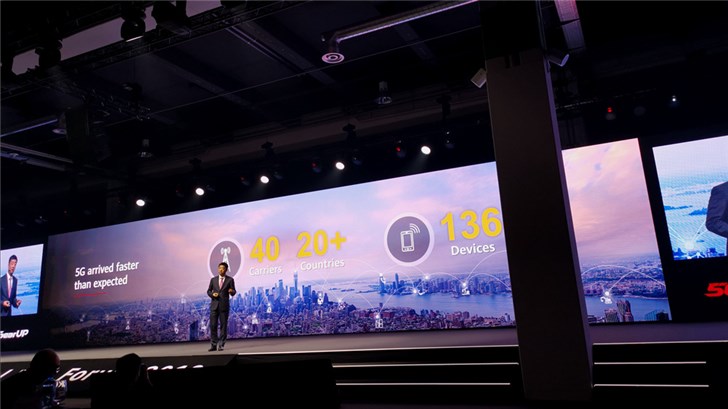
10-16: Realme has announced that it now has over 17M users across the world; Redmi has announced that it has sold more than 100M Redmi Note devices globally; etc.
Chipsets
MediaTek is expected to start shipping its first-generation 5G SoC chips later in 4Q19, for which the chipmaker is likely to post a slight drop or flat growth sequentially in revenues. Codenamed MT6885, MediaTek’s first 5G SoC series will power new-generation smartphones slated for launch in 1H20. (Digitimes, press, China Times, China Times)
Huawei HiSilicon has launched its 4G communication IoT chip Balong 711, which is Huawei’s first 4G communication chip that is entering the open market. The Balong 711 sets include three chips: baseband chip Hi2152, RF chip Hi6361, and power management chip Hi6559. The platform has been widely used in various industries and its cumulative global shipment is about 100M sets. (GizChina, My Drivers)
LG Innotek has announced it has developed a communication module for automotive based on 5G Qualcomm chip. This module makes possible sharing of real-time traffic information, precise location measurement, V2X and transmission of larger amounts of data. (Laoyaoba, PR Newswire, PRN Asia)
In order to surpass TSMC in the field of foundry and to cope with the growing demand, Samsung Electronics has ordered 15 advanced EUV equipment from ASML. The lithography machine is a key device to overcome the limitations of semiconductor manufacturing processes, and its unit price is as high as KRW200B. Samsung has recently issued a letter of intent (LOI) to purchase KRW3T worth of EUV equipment from ASML for delivery in 3years. (Laoyaoba, Digitimes, Digitimes, Finanzen)
Touch Display
Samsung has filed a patent with the KIPO (Korean Intellectual Property Office) for the design of a display. The cover window includes a protruding portion at the top center and agreed to the protruding portion. By placing the cameras, speakers in there, the screen size can be maximized while creating a rectangle screen. (GSM Arena, LetsGoDigital, CN Beta)
Sensory
Google’s Soli chip enables Motion Sense. It employs “a new sensing technology that uses miniature radar to detect touchless gesture interactions”. Google claims that the radar and the accompanying software can “track sub-millimeter motion at high speeds with great accuracy”. The Soli chip does it by pushing out electromagnetic waves in a broad sweep that get reflected back to the tiny antenna inside. (Android Headlines, Pocket-Lint, Fortune, Phone Arena)
Biometrics
Google has explained the absence of fingerprint scanner on Pixel 4 series: Soli sensor uses RADAR to detect precise movements at a short-range, and it has the potential to drastically improve Face Unlock. Soli proactively turns on the face unlock sensors when detect the user. Face unlock works in almost any orientation. (Android Central, Android Authority, The Verge, 9to5Google, Ping West)
Connectivity
According to Huawei VP Ken Hu, there are currently 40 5G commercial networks spread across over 20 countries. He estimates by the end of 2019, there will be more than 60 5G commercial networks worldwide. In addition, he has also said that at the end of Sept 2019, more than 130 5G smartphones and CPEs have been launched globally. (GizChina, IT Home)
Phone
Realme has announced that it now has over 17M users across the world. Realme is currently selling smartphones in 19 markets. (GSM Arena, Medium)
OPPO has been growing its smartphone sales at home and overseas thanks to the adoption of a two-pronged strategy that includes the marketing of models with high price/performance ratios under the sub-brand Realme, while making inroads into the mid-tier to high-end segment with its new Reno-series family products. (Digitimes, press, Digitimes)
According Digitimes, OPPO and vivo will reportedly release their 5G smartphones by the end of 2019 or around early 2020, which is a good 2-3 months ahead of schedule. (Digitimes, Gizmo China, Digitimes, Yahoo)
OPPO’s chief 5G scientist Tang Hai said that 5G mobile phones are about to usher in the stage of large-scale development. OPPO will launch the world’s first mobile phone with Qualcomm dual-mode 5G chip before the end of 2019, and support SA and NSA. (CN Beta, JQK News)
As of today, 21 different “partner users” appear in Google Fuchsia’s Gerrit source code management, from 13 different companies, six of which are also Android OEMs. The rest include chip manufacturers and software engineering companies. (CN Beta, 9to5Google)
Google has allegedly restricted Huawei to add additional modifications on EMUI 10 skin, so the company is now planning to push its own HarmonyOS on existing devices with dual boot support meaning the device will have both HarmonyOS and Android. (Gizmo China, Talk Android, Huawei Advisor)
Sony has announced that its new 360 Reality Audio technology will launch in late fall 2019 with several partners. It will be coming to smartphones and the Amazon Echo Studio smart speaker in late fall. Approximately 1,000 songs will be available at launch through Amazon Music HD, Deezer, Tidal and live music service Nugs.net, with more songs coming in 2020. (Android Central, Sony, CNET, Engadget)
Hipad Intelligent Technology is allegedly suffering from long-term production and operation difficulties, thus can no longer continue to operate. The company has decided that it plans to close the Longhua branch on 15 Nov 2019. Since 14 Oct 2019, all the base personnel have been officially suspended. According to public information, Hipad Communications was acquired by Aerospace Communications in 2015 and later renamed Hipad Intelligent. (Laoyaoba, CN Beta, Caijing)
Redmi has announced that it has sold more than 100M Redmi Note devices globally since the inception of this family back in 2014. (GSM Arena, GizChina, IT Home, Shoujibao)
Apple has just started commercial production of the iPhone XR locally at the Foxconn facility near Chennai after undertaking trials. Following this, Apple plans to start making the latest iPhone 11 series. Apple will export the devices to other markets after having tested the waters with the export of iPhone 6s and 7 models to Europe in the past few months. (Apple Insider, Economic Times, Sohu, CN Beta)
Samsung is reportedly planning to launch Galaxy Note 10 lite as a mid-range addition to its premium Note 10 series. The company is also launching a powerful Galaxy A91 for its mid-to-low family Galaxy A series. Samsung has allegedly begun to strengthen its product cost performance to tackle Huawei and Apple. Huawei and Samsung have rushed to compete for the market share, and have progressed from simple competition pricing to technical level. However, some analysts pointed out that the high-end smartphone market is low in buying momentum, and it is unavoidable for companies to strengthen the mid-to-low segment lineup. (Laoyaoba, Sina, Sam Mobile, MS Poweruser)
Google Pixel 4 series is announced, powered by Qualcomm Snapdragon 855, rear dual 12MP-16MP telephoto + front dual 8MP-3D ToF, no fingerprint scanner, face unlock with motion sense, IP68 rated: Pixel 4 – 5.7” 1080×2280 FHD+ 90Hz pOLED, 6+64 / 6+128GB, Android 10, 2800mAh 18W, Qi wireless charging, USD799 / USD899. Pixel 4 XL – 6.3” 3040×1440 QHD+ 90Hz pOLED, 6+64 / 6+128GB, Android 10, 3700mAh 18W, Qi wireless charging, USD899 / USD999. (Android Authority, Android Central, GSM Arena)
Infinix S5 is announced in India – 6.6” 720×1600 20:9 HD+ hole in display, MediaTek Helio P22, rear quad 16MP-5MP ultrawide-2MP depth-2MP mono + front 32MP, 4+64GB, Android 9.0, rear fingerprint scanner, 4000mAh, INR8,999. (GSM Arena, NDTV)
Augmented / Virtual Reality
Google has confirmed that Pixel 4 and Pixel 4 XL do not support the VR platform. Furthermore, Google has stopped selling the Daydream View headset. There are also no plans to support Daydream in future Android devices, Pixel or otherwise. The Daydream app and store will continue to function for now. (Android Authority, Android Central, VentureBeat, Engadget CN)
Home
Google has announced Nest Mini with improved speakers and an included wall mount. The bass is twice as strong as the original Google Home Mini for more natural sound. It includes a 3rd microphone that helps in noisy environments, and it features a dedicated machine learning (ML) chip that allows Google Assistant features to run faster and on the device itself. (TechCrunch, The Verge, Google)
